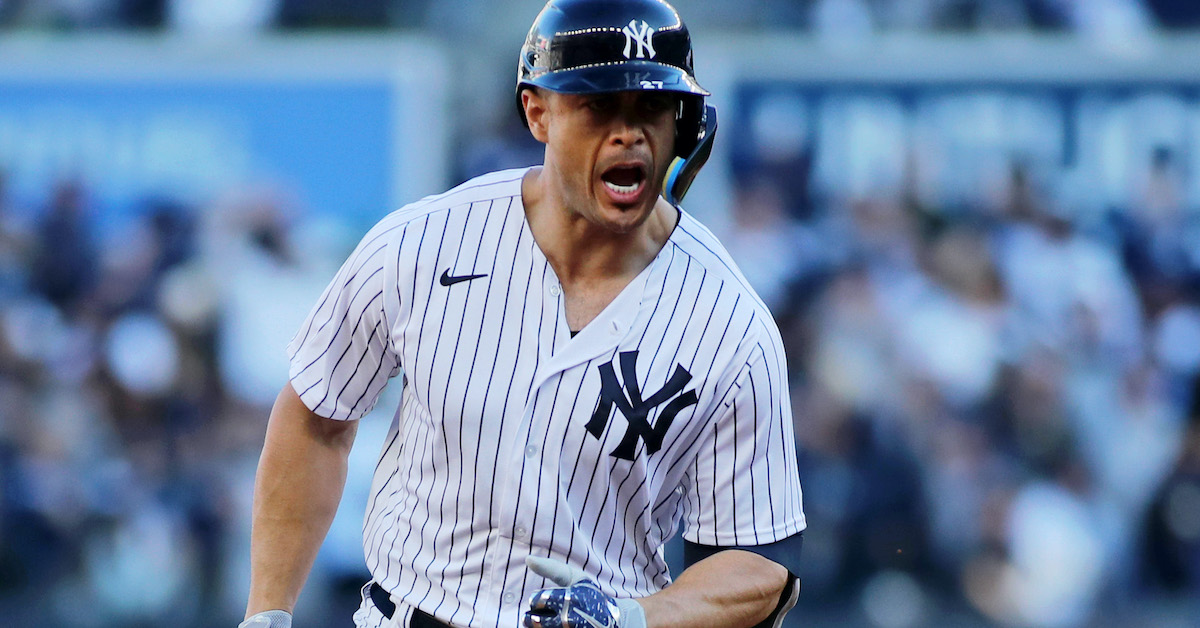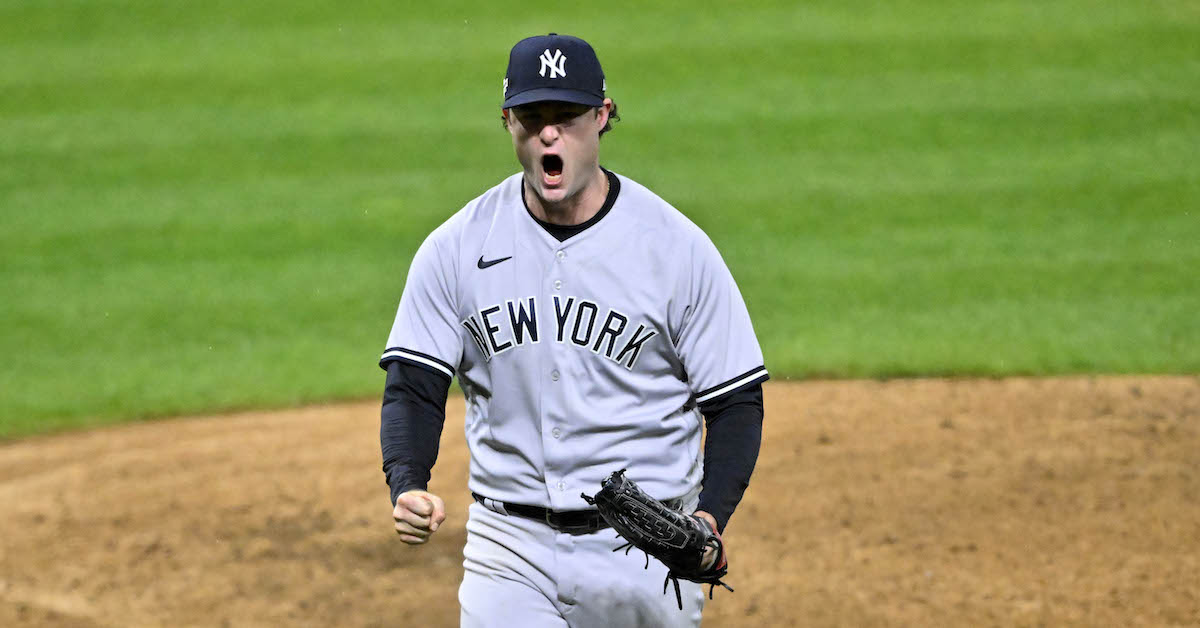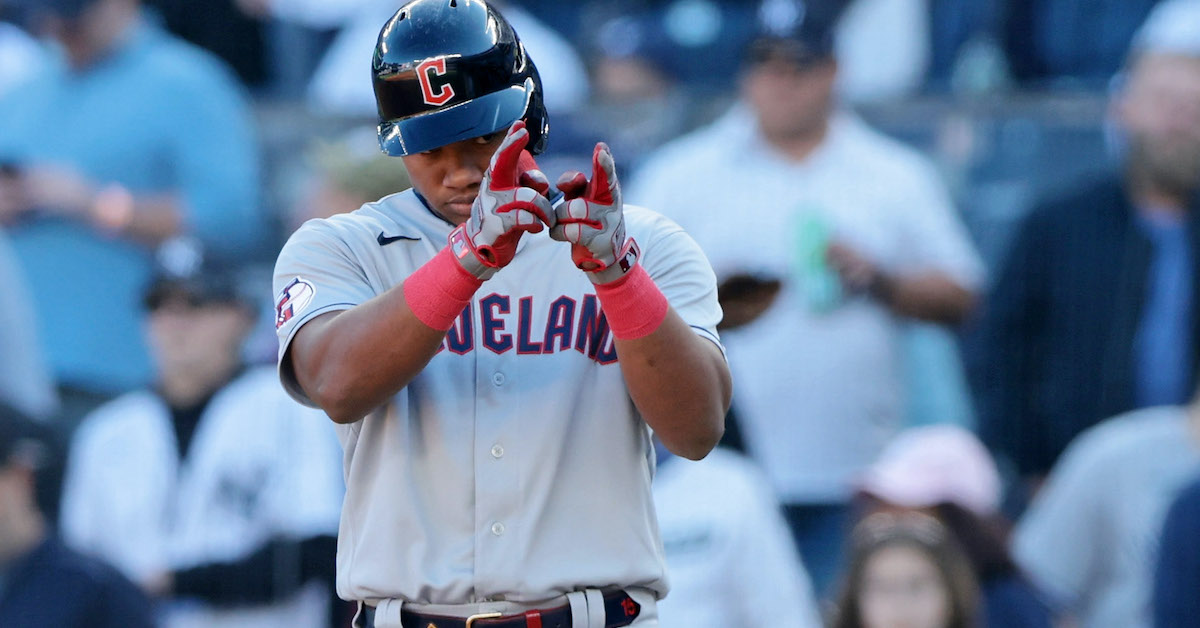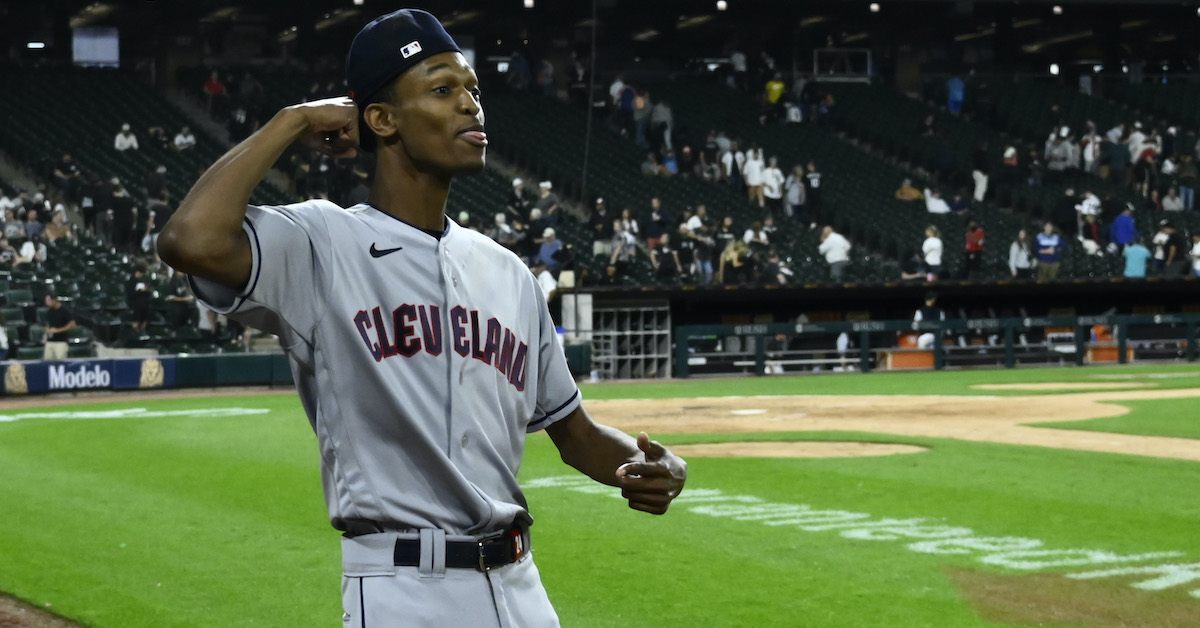Job Posting: Cleveland Guardians – Baseball Technology Fellow
Cleveland Guardians Baseball Technology Fellowship
Primary Purpose:
The Cleveland Guardians Fellowship program is designed to accelerate the pace of development and impact for people interested in working for our organization. Fellowship roles are focused on solving complex challenges, which involve developing new approaches, tools, and techniques to meaningfully drive the organization forward. Fellows will be exposed to work across multiple departments and have access to and be encouraged to use a suite of internal, proprietary resources.
We are seeking Fellows to join our Baseball Technology department. Each Fellow will work full-time with one of our minor league affiliates and report to the Baseball Technology, Player Development, and Baseball Operations departments. Fellows will be expected to manage the collection of multiple data streams and operate as a resource for both coaches and players. This position will include travel to away games.
The ideal candidate will be curious, creative, open-minded, and excited to work in a collaborative environment. The candidate will be able to clearly communicate with others, build strong relationships, and have the ability to present complex topics to a wide range of audiences. They will take the initiative to perform research in the areas of their choosing that advances the Guardians’ player development procedures and philosophies.
Essential Duties & Responsibilities
Baseball Technology:
- Operate bat/ball tracking technology and other sports science technology.
- Manage pre-game, in-game, and post-game video process.
- Manage the corresponding data and video collection process and assist with interpretation & distribution.
- Assist the Information Systems team with Baseball Technology related troubleshooting and support.
Coaching Staff Support:
- Coordinate Advance Scouting Process with Minor League field staff.
- Assist affiliate staff with various administrative tasks (i.e. daily scheduling, team travel).
- Assist Minor League field staff with pre-game activities.
Baseball Development and Analysis:
- Collaborate with coaching staff, Player Development, and Baseball Operations to monitor player goals and player progress.
- Perform ad hoc research and analysis, both at the request of staff and independently.
- Communicate findings and insights to Minor League Coaches, Players, and Player Development and Baseball Operations Departments.
Requirements:
The Cleveland Guardians are committed to developing and maintaining an environment that embraces all forms of diversity to enrich our core values, enhance our competitive position, strengthen our impact within our community, and foster a greater sense of belonging for our employees.
In this spirit, we know studies have shown that people from historically underserved groups – including women and people of color – are less likely to apply for jobs unless they believe they meet every one of the qualifications as described in a job description. We are most interested in finding the best candidate for the job and understand that candidate may bring certain skills and experiences to the role that are not listed above, but that would add tremendous value to our organization. We would encourage you to apply, even if you don’t believe you meet every one of our qualifications described.
- Bachelor’s degree or Prior Professional Experience.
- Demonstrated passion for at least one of baseball technology, scouting, baseball analytics, sports science, hitting or pitching analysis and/or biomechanics, strength and conditioning, motor learning, or other baseball/softball related field.
Skills:
- Organization: Ability to create, maintain and execute a schedule with precision and agility.
- Work Ethic: A relentless drive to collect more and better information.
- Passion: Demonstrate a clear passion for the game, teammates, the organization, and learning.
- Resourcefulness: Utilize organizational resources to develop and understand organizational philosophies.
- Strategic Thinking: Employ a problem-solving mindset and strategic thinking.
- Time Management: Ability to prioritize in a fast-paced environment.
- Collaboration: Partner with staff and players and exhibit excellent written and verbal communication skills.
Preferred Experience:
While we are looking for a variety of diverse skill sets for this role, we know that past Fellows who have thrived in this role possessed certain skills that are best aligned to the game of baseball. If you have demonstrated experience with any of the following, you may be better positioned to thrive in this role.
- Conversational Spanish or better a plus.
- Experience with video editing software (i.e. Adobe Premier) a plus.
- Experience with SQL and statistical software (i.e. R, Python, Stata, SAS) a plus.
- Experience in troubleshooting network, computer, and other device connectivity issues a plus.
- Proficiency with Microsoft Office.
- Working knowledge of advanced baseball statistics and publicly available research.
Standard Requirements:
- Represents the Cleveland Guardians in a positive fashion to all business partners and the general public.
- Reads, speaks, comprehends, and communicates English effectively in all communications.
- Ability to develop and maintain successful working relationship with members of the Front Office.
- Ability to act according to the organizational values and service excellence at all times.
- Ability to work with diverse populations and have a demonstrated commitment to social justice.
- Ability to walk, sit or stand for an entire shift.
- Ability to work extended days and hours, including holidays and weekends.
- Ability to move throughout all areas and levels of the Ballpark.
- Ability to work in a diverse and changing environment.
- Occasional physical activity such as lifting and carrying boxes up to 25 lbs.
About Us:
In Baseball Technology, our shared goal is to identify and develop diverse players and front office teammates who contribute to our mission. By working together effectively and collaboratively, we create a family atmosphere that supports learning as we strive for excellence in everything we do. We believe that we will achieve our goals by making evidence-based decisions and creating environments that support our people and empower them to learn.
To Apply:
To apply, please follow this link.
The content in this posting was created and provided solely by the Cleveland Guardians.








